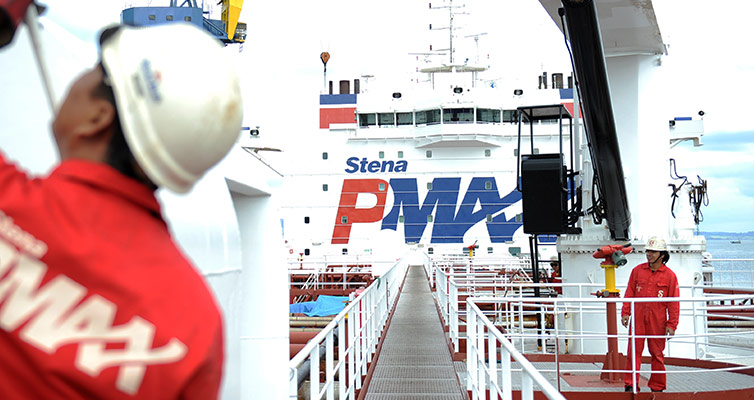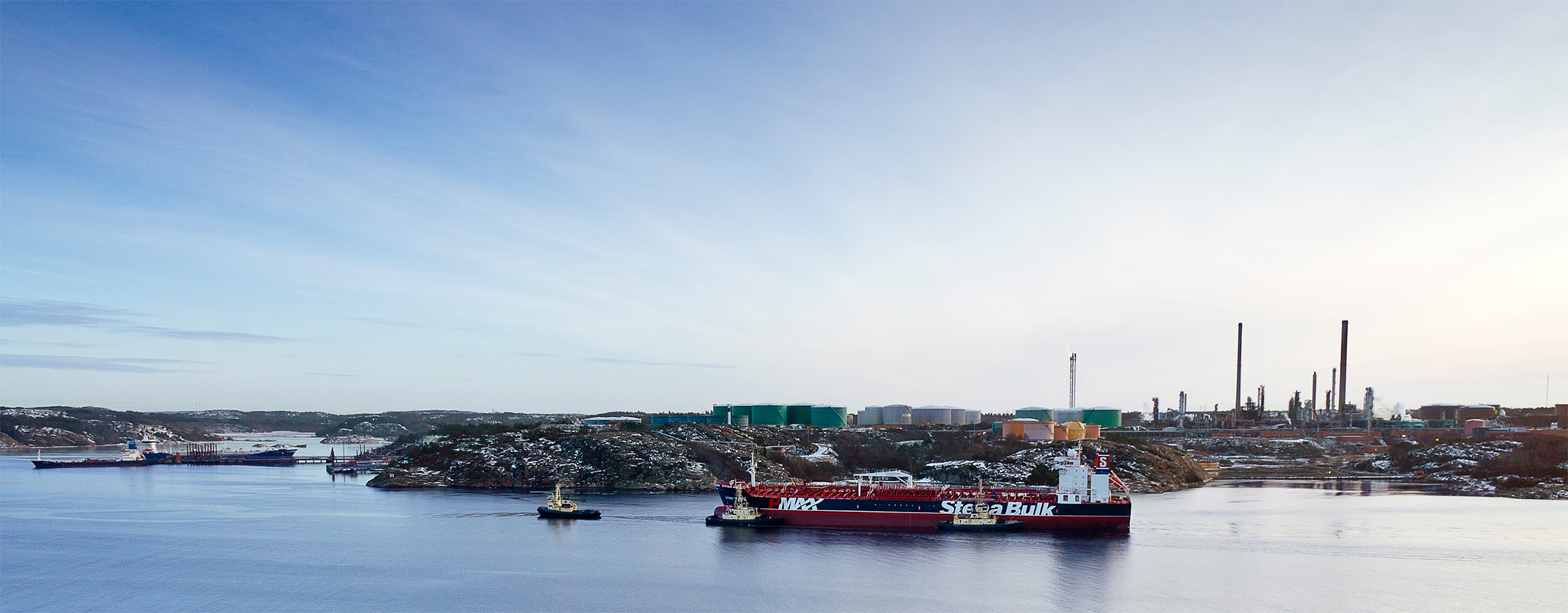The ship's life cycle
A vessel affects the environment in different ways from the time it is built until it is scrapped. However, much can be done to minimise these impacts during a ship's life cycle.

1. Design & concept
The best opportunity for influencing the ship’s environmental impact is when the actual ship concept is developed. Fuel consumption, transport efficiency and safety during the vessel's service life are determined in this phase.
2. Construction
During the actual construction of a ship, there are inevitable emissions into water and air and various types of waste are produced. However, stricter regulations, new work methods and higher demands from orderers have resulted in less environmental impact in recent years.
3. Ship operation
A vessel's most significant environmental impacts occur during ongoing operation, and are mainly the emission of harmful substances. Both we and the industry as a whole are working continuously on various solutions to reduce the quantity of emissions.
4. Continuous improvements
With continuous improvements and day-to-day maintenance, it is possible to retain or even improve the vessel’s environmental performance during its life.
5. Scrapping and recycling
In recent years, measures have been taken to reduce the impact on both the environment and people when scrapping vessels. For example, all material on board is classified and the entire scrapping process is certified – this has been our policy since the first P-MAX tanker was delivered in 2005.

